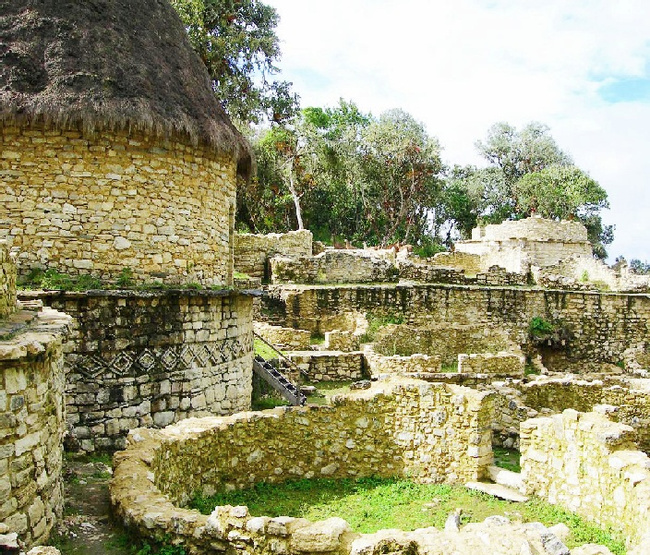
Gran Pajaten
Gran Pajáten is an archeological site located in the Northern Highlands of Peru. Considered one of the seven wonders of Peru, Gran Pajáten consists of numerous circular buildings, terraces, platforms, and intricate slate mosaics. Access is currently limited due to the fragile state of the ruins.
More about Gran Pajaten
Gran Pajáten is found within the Río Abiseo National Park, which was designated a UNESCO World Heritage Site in 1990. The site itself sits atop a hill and spreads out over about 5 acres (2 ha). Gran Pajáten is thought to date back to around 200 B.C. and have been built by the Chachapoyas people. The site includes an array of circular stone buildings, stairways, and terraces. The buildings are carved with elaborate geometrical motifs, as well as human and bird images.
Local villagers first discovered Gran Pajáten in the 1960s. A few years later, visiting explorer/archeologist Gene Savoy was guided to the site by villagers and ended up taking credit for its discovery. Since then there have been several attempts to investigate Gran Pajáten (one of which was led by the University of Colorado’s anthropology department), but these have been wildly criticized for doing more harm than good. To wit, the surrounding vegetation was cleared to make way for roads and helicopter pads—without this protective vegetation, the stone ruins of Gran Pajáten began to deteriorate.
The Peruvian government is working on plans to improve both the infrastructure of the park and protect Gran Pajáten’s fragile ruins. Gran Pajáten is currently only open to visitors with permits from Peru’s Ministry of Agriculture and National Institute of Culture.
It's more than just having a good time or visiting beautiful places (although that's absolutely a part of it!), it's about being part of a unique experience that stays with you.



